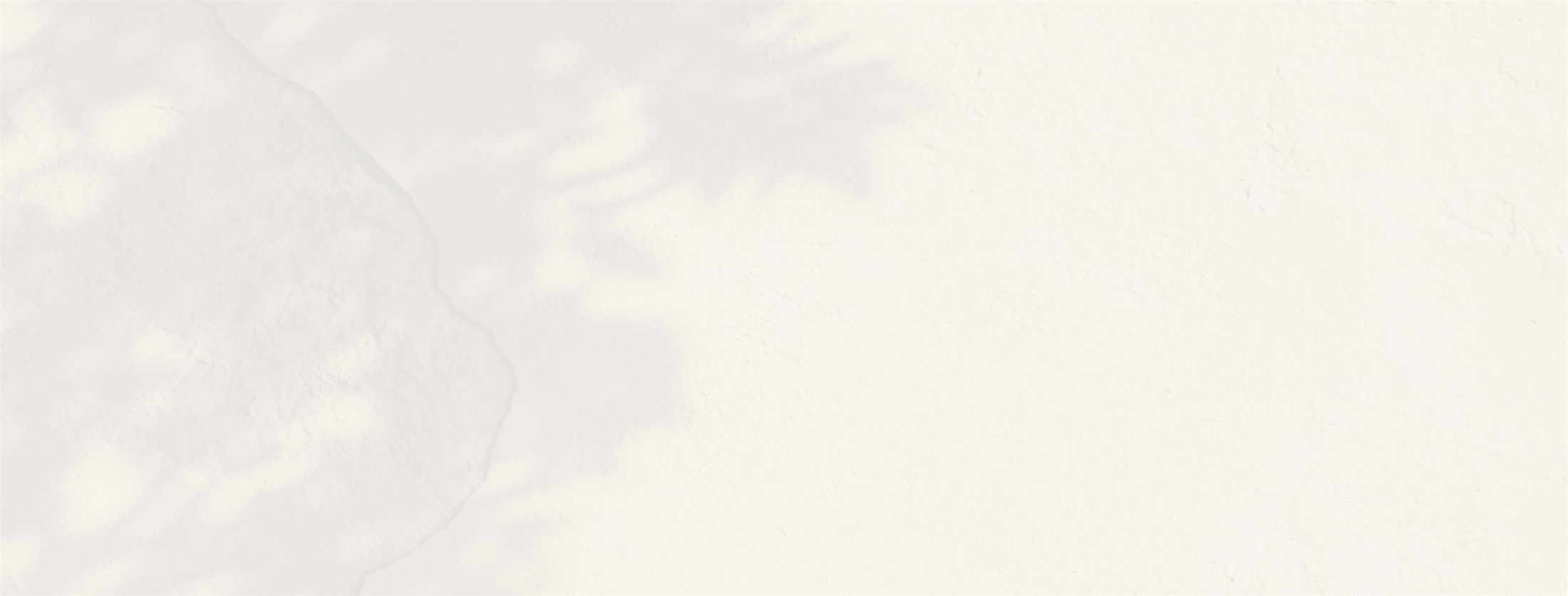Surgical Technique
Scar revision treatment will be chosen based on the scar’s location, type, size, and overall extent. There are various techniques to consider.
Scar Removal/Modification
This is also a technique used for raised scars. It can be accomplished in a couple of different ways. First is the elliptical removal pattern, which involves removing the scar and an edging (ellipse) of skin encompassing the scar so a clean enclosure can be made. The sutures may be placed on the inside or outside of the skin. Sometimes, a scar exists because the incision was closed poorly. By reopening the scar and resuturing the skin in a different direction, the new scar can be minimized.
Shave Excision
For raised scars, a shave excision may be performed to remove the top of the scar and even out the surface with the rest of the skin. This creates a smoother, flatter appearance. During the procedure, a surgical shaver is used to slowly shave off the raised portion of the scar. Sutures are not needed in most shave excision cases.
Skin Grafting/Tissue Expansion
Large scars may require a skin graft (skin taken from another area on the body) to close the wound once the scar has been removed. Carefully placed sutures will be used around the graft to close and blend the skin together for healing. If a skin graft will not be used, tissue expansion may be used instead. During this process, a tissue expander will be placed under the skin where the scar resides and filled with a sterile solution. Once the expansion process is complete, the surgeon will stretch and join the edges together and carefully place sutures into the tissue wall.
Injectable Treatments
Scars that are depressed or concave may benefit from an injectable dermal filler. There are a wide variety of fillers in the cosmetic surgery market that may be considered. Collagen is a common filler used for scar revision. During the procedure, the filler will be injected into the skin through a syringe. The surgeon may manipulate the outside of the skin to help shape the surface accordingly.
Surface Treatments
Some scars can be treated with a series of skin rejuvenation treatments, which can soften the surface of the skin, smooth out uneven scarring, reduce uneven pigmentation, and lighten the skin where needed. Because of the skin removal mechanism, some scars may even become non-existent. Skin surface treatments include laser skin resurfacing, chemical peels, dermabrasion, and skin bleaching.











